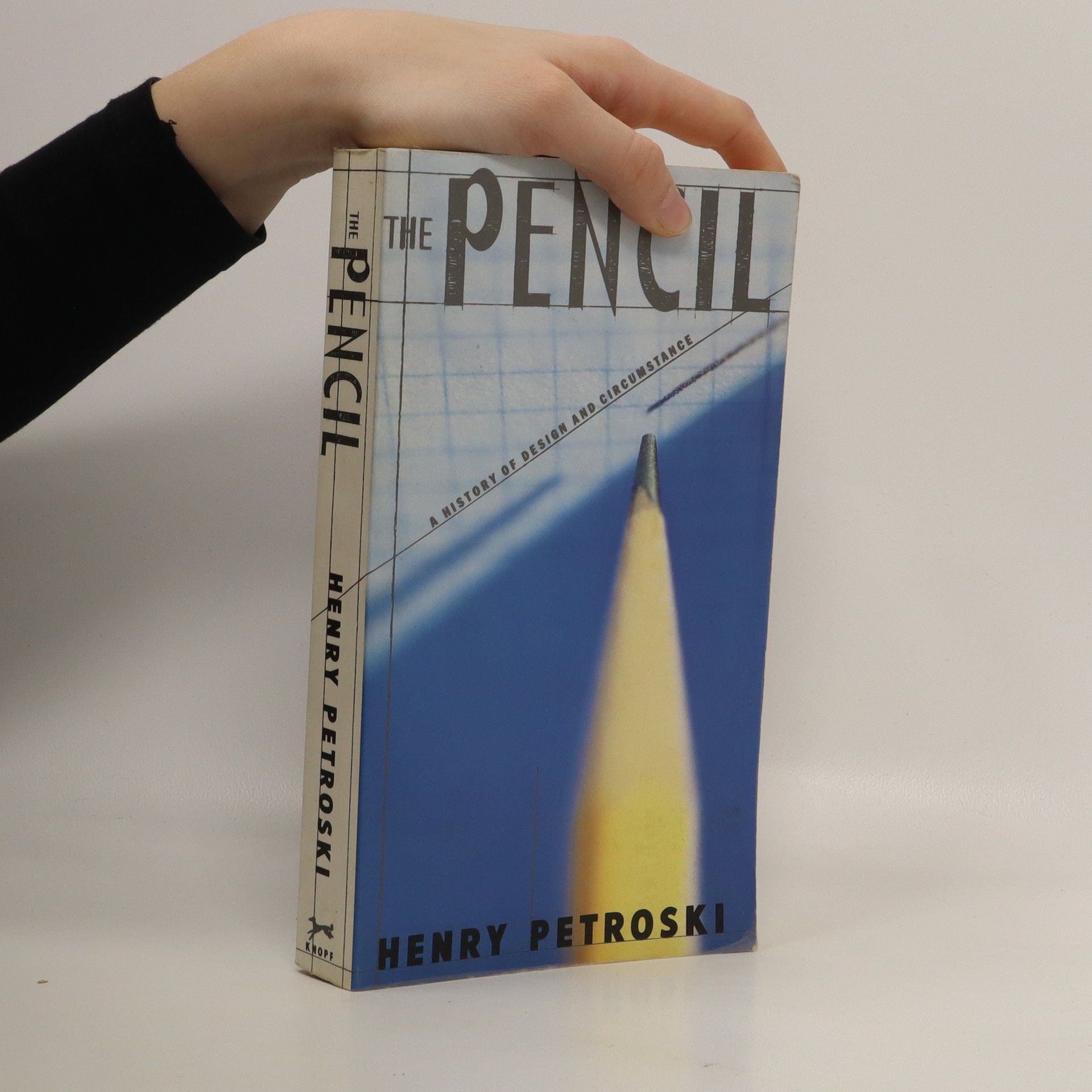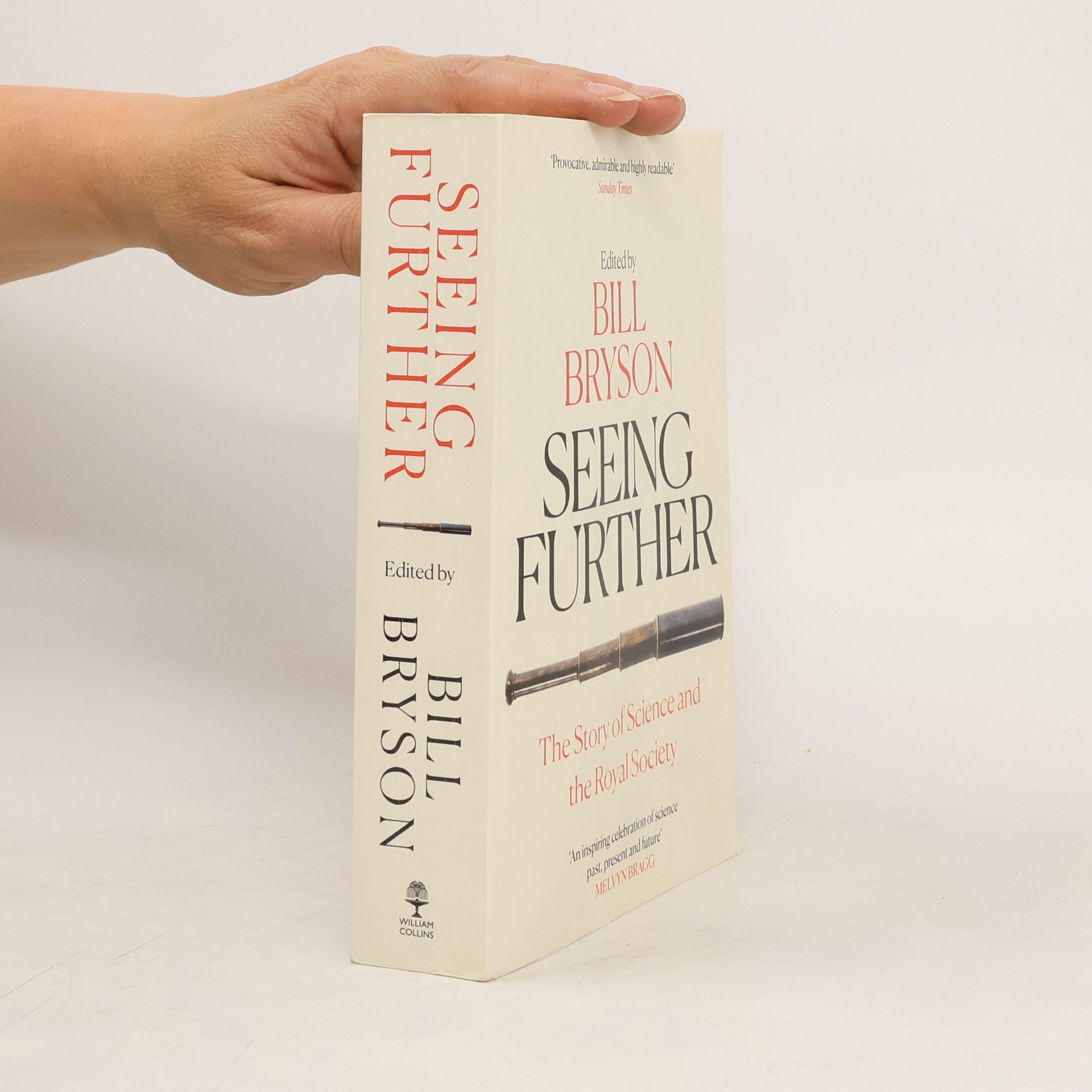Edited and introduced by Bill Bryson, with contributions from Richard Dawkins, Margaret Atwood, Richard Holmes, Martin Rees, Richard Fortey, Steve Jones, James Gleick and Neal Stephenson amongst others, this beautiful, lavishly illustrated book tells the story of science and the Royal Society, from 1660 to the present.
Henry Petroski Livres
Henry Petroski est un éminent professeur de génie civil, réputé pour ses analyses perspicaces des défaillances. Son travail explore la relation complexe entre la conception, le succès et l'échec, offrant une perspective unique sur l'évolution de la technologie et des pratiques d'ingénierie. Les écrits de Petroski examinent les leçons tirées des entreprises d'ingénierie passées, soulignant l'importance de comprendre comment et pourquoi les choses se brisent pour améliorer les créations futures. Il adopte une approche savante mais accessible à des sujets complexes, rendant l'histoire et la philosophie de l'ingénierie attrayantes pour un large public.





The pencil : a history of design and circumstance
- 448pages
- 16 heures de lecture
Henry Petroski traces the origins of the pencil back to ancient Greece and Rome, writes factually and charmingly about its development over the centuries and around the world, and shows what the pencil can teach us about engineering and technology today.
"Reading Petroski's fine book is not only a delight, it is a necessity." --Houston ChronicleHow did a simple design error cause one of the great disasters of the 1980s—the collapse of the walkways at the Kansas City Hyatt Regency Hotel? What made the graceful and innovative Tacoma Narrows Bridge twist apart in a mild wind in 1940? How did an oversized waterlily inspire the magnificent Crystal Palace, the crowning achievement of Victorian architecture and engineering? These are some of the failures and successes that Henry Petroski, author of the acclaimed The Pencil, examines in this engaging, wonderfully literate book. More than a series of fascinating case studies, To Engineer Is Human is a work that looks at our deepest notions of progress and perfection, tracing the fine connection between the quantifiable realm of science and the chaotic realities of everyday life."Alert, inquisitive, unspecialized, wholly human...refreshingly eclectic." --The Spectator"Henry Petroski is an ardent engineer, and if he writes more good books like this, he might find himself nominated to become the meistersinger of the guild. [This is] a refreshing plunge into the dynamics of the engineering ethos...as straightforward as an I-beam."--Science
An eminent engineer and historian tackles one of the most elemental aspects of life: how we experience and utilize physical force
Messer, Gabel, Reissverschluss
- 342pages
- 12 heures de lecture